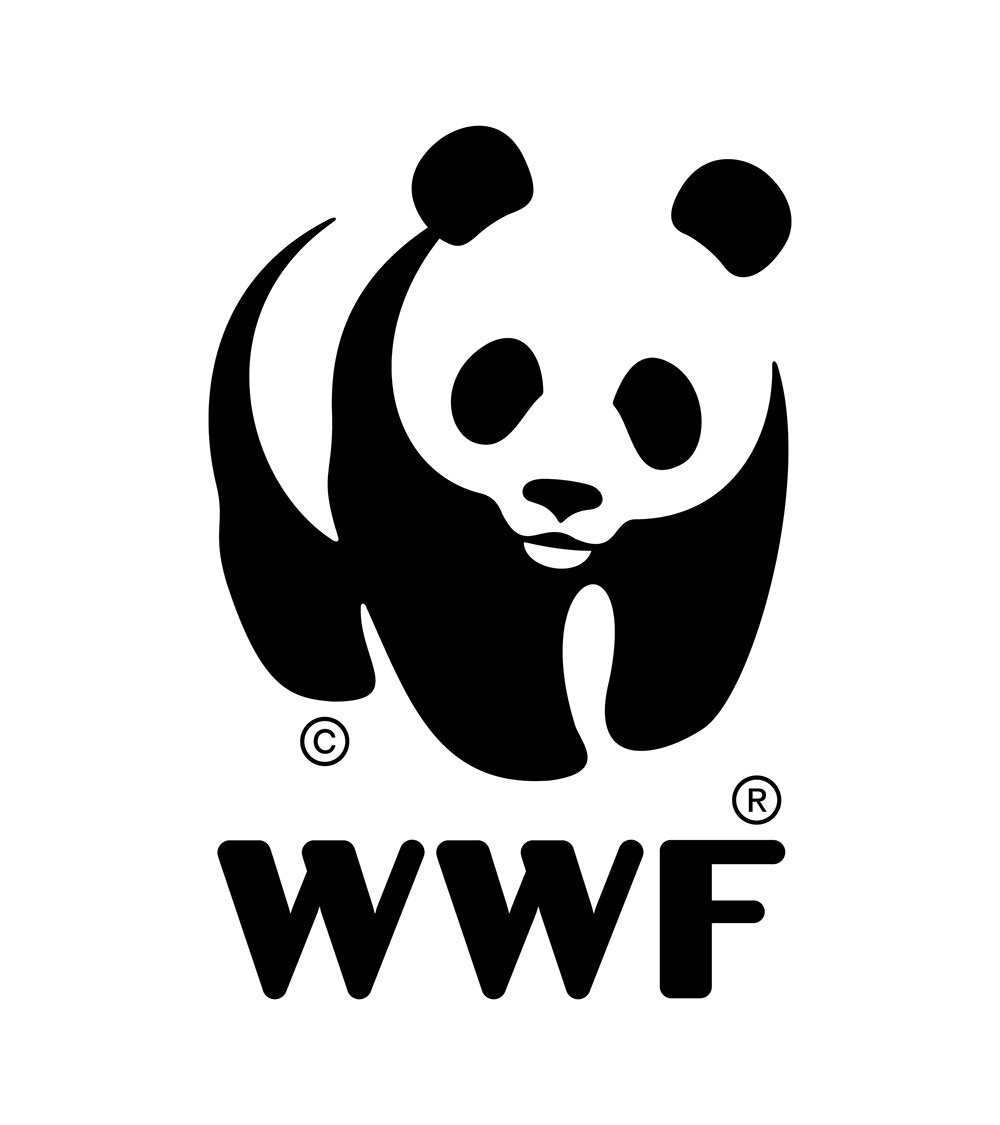International experts map critical habitats for whales and dolphins in the South West Atlantic Ocean, ready for further conservation and protection
Global Important Marine Mammal Areas, 2023
Regional experts, along with the IUCN Marine Mammal Task Force, have identified and mapped 33 new Important Marine Mammal Areas (IMMAs) stretching from the Guianas, north of the Brazilian Amazon, to the tip of Tierra del Fuego, Argentina. This is the result of a year-long process that included a week-long scientific workshop held last December. During the workshop, 31 of the region's scientists gathered data on candidate IMMAs, which were then submitted for peer review. In addition to the 33 newly approved IMMAs, 5 areas have been designated as Areas of Interest (AoI).
Humpback whales, mother and calf, © Photo_Instituto Baleia Jubarte 2022
IMMAs are discrete portions of habitat, important to marine mammal species, that have the potential to be delineated and managed for conservation. They are not legal designations, but independent, peer-reviewed assessments based on a set of criteria supported by data.
The South West Atlantic Ocean (SWATLO) region is home to southern right whales, humpback whales and sei whales, some migrating between this region and the Antarctic. As their range can often span state, national and international jurisdictions, these migratory routes, or blue corridors are like whale superhighways, covering significant distances.
“Whales play a crucial role in the overall health of our oceans and have tremendous value for nature and people. Protecting populations can conserve other species and whole ecosystems,” says Chris Johnson, the Global Lead for WWF's Protecting Whales and Dolphins Initiative. “IMMAs are a critical tool for marine conservation. It enables us to have the most up-to-date scientific data from experts that Governments and policymakers can action. They can help establish strong conservation measures to safeguard populations and inform marine protected areas that will have benefits to a range of marine life and contribute to global goals of protecting 30% of our oceans by 2030 (30x30).”
The SWATLO region also includes the prevalent spinner and common bottlenose dolphins, as well as other species endemic to the region including the Commerson’s dolphin, the vulnerable franciscana, the vulnerable Lahille’s bottlenose dolphin and the near-threatened Guiana dolphin. The vulnerable West Indian manatee is found along the coasts of the Guyanas Guianas and northeastern Brazil.
Guiana dolphins, © Marcel Morais, Projeto Baleia A Vista Ilhabela
“We welcome this global recognition of our iconic marine treasures off the east coast of South America,” says José Truda Palazzo, Jr. from the Instituto Baleia Jubarte (Humpback Whale Institute), which hosted the December workshop in Praia do Forte, Brazil.
The region’s notable habitats for marine mammals include Abrolhos Bank and Fernando de Noronha islands off Brazil as well as the Straits of Magellan and Patagonian waters of Península Valdés in Argentina and the Paramaribo River in Suriname, among others.
“For the past few decades, we have intensified our research into the region’s rare, endemic, threatened marine mammals,” says Miguel Iñíguez from Fundación Cethus and Whale and Dolphin Conservation, based in Argentina.
The results from the Brazilian workshop, supported by the IMMA Secretariat of the IUCN Task Force on Marine Mammal Protected Areas, and hosted by Instituto Baleia Jubarte, mean there are now 242 IMMAs globally, each with portfolios, maps and other background information on the IMMA e-Atlas.
According to Task Force co-chairs Giuseppe Notarbartolo di Sciara and Erich Hoyt, the IMMA team along with 267 marine mammal scientists have now examined 72% of the ocean, 13% of which are IMMAs, and are hoping in the next 4-5 years to complete the decade-long global scientific assessment of the habitats of the 133 marine mammal species. In the meantime, the IMMA work continues to forge ahead in the North East Atlantic with final results due by early 2024 and the North West Atlantic and Wider Caribbean, with a workshop planned for May 2024 and final results to be released no later than early 2025.
Additional Information
The South West Atlantic IMMA region comprises approximately one-quarter of the Atlantic Ocean. The Task Force has now examined 72% of the global ocean for IMMAs. IMMAs amount to 13% of the examined area. The total surface area for all 242 IMMAs is 33.3 million square kilometres.
The global total of IMMAs now stands at 242, as well as 30 candidate IMMAs and 157 areas of interest (AoI). The e-Atlas showing maps of all the IMMAs and Aoi identified to date is here: https://www.marinemammalhabitat.org/imma-eatlas/
Area of Interest or AoI status is not as strong as IMMA status but it is valuable in terms of facilitating and focusing future monitoring and research activities on marine mammals in the region which may in future help turn it into an IMMA.
The IMMA initiative is a partnership between the IUCN Joint SSC-WCPA Marine Mammal Protected Areas Task Force, Tethys Research Institute and Whale and Dolphin Conservation (WDC). A recent paper in Frontiers in Marine Science details the Task Force IMMA work (2016-2022): https://www.marinemammalhabitat.org/download/the-important-marine-mammal-area-network-a-tool-for-systematic-spatial-planning-in-response-to-the-marine-mammal-habitat-conservation-crisis/
The work of the Task Force for its IMMA initiative has been financed mainly by the International Climate Initiative (IKI) of the German Federal Ministry for the Environment, Nature Conservation, Building and Nuclear Safety (BMUB) as part of the Global Ocean Biodiversity Initiative (GOBI). Individual regions have been funded by the French Biodiversity Agency through the IUCN Marine and Polar Programme and by the Mava Foundation. Funding in the preparatory stages came from the Animal Welfare Institute and Pacific Life Foundation. Additional funding for the South West Atlantic IMMA region came from OceanCare both in preparation for the IMMA work as well as for the workshop itself. The Brazilian Instituto Baleia Jubarte (Humpback Whale Institute) hosted the workshop and provided additional financial support for local expenses and airport transfers as well as providing their venue for the opening session.
To download the South West Atlantic IMMA report, go to https://www.marinemammalhabitat.org/resources/documents/
To obtain shapefiles and detailed background information for the 242 approved IMMAs, go to
https://www.marinemammalhabitat.org/immas/imma-spatial-layer-download/




